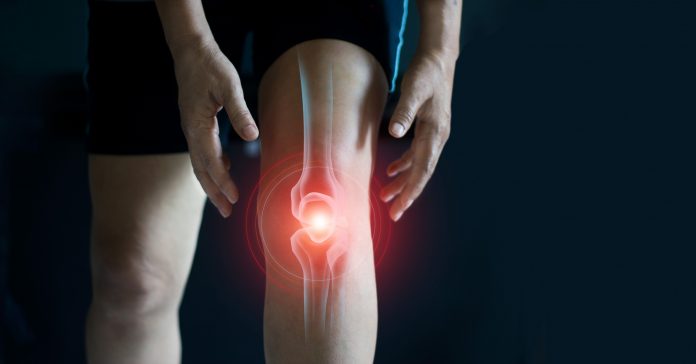
Researchers in Brazil looking for novel painkillers have discovered instead a potential pain insensitivity mutation that codes for a protein known to mitigate the sensory response to heat and the burning sensation caused by chili peppers.
The study, published in the Journal of Clinical Investigations, discovered that an avian variants of TRPV1, a neuron receptor that captures noxious stimuli can block chronic pain, as well as protection again other stimuli in the heart and brain. The hope is that this new discovery can result in the development of new pain medications that won’t have side effects such as dependence and tolerance.
“There are more than 1,000 TRPV1 mutations in humans, and there’s nothing novel about trying to switch the receptor off in order to relieve pain, but these attempts haven’t been successful until now,” said Vanessa Olzon Zambelli, a researcher at Butantan Institute’s Special Pain and Signaling Laboratory (LEDS) in São Paulo, and co-first author of the article. “First, many drugs resulting from this process interfere with body temperature regulation. Second, TRPV1 is an important channel for signaling heat, and completely altering its activity cancels out physiological pain, interfering with the sensation of burning heat, which has a protective function.”
For the first phase of their work, the LEDS researchers, in partnership with teams at Stanford University, Emory University and Münster University Hospital in Germany, queried a genome database to compare genetic sequences of both avian and human TRPV1. Employing a computational approach, they identified five avian mutations that appeared to be linked to pain resistance. Using cryogenic electron microscopy the investigators found that the avian mutations were located in K710, an amino acid residue believed to control gating of the TRPV1 channel.
While these mutations are rare in humans, the researchers then moved to studying what would happen if these mutations were “transplanted” into mammals. Testing of the variants in genetically modified cells showed that the function of the TRPV1 channel was altered. They then turned to CRISPR/Cas9 gene editing to create mouse models with the mutation K710N which they had previously found to reduce the receptor’s reaction to capsaicin—the compound in peppers that produces the heat sensation—in cells.
In the mouse models with the K710N mutation, the investigators did not observe avoidance of pain when they were injected with capsaicin and given peppery chicken feed, while the normal control mice lifted their feet to avoid any contact with capsaicin since even contact with the skin was presumably causing them pain.
Further, the researchers found that in addition to tamping down pain, TRPV1 also plays a role in non-neruonal cells as an intracellular molecular sensor to protect against glucose-induced cellular stress or ischemia. Testing with heart muscles cells that had been stressed with hydrogen peroxide, high levels of glucose and ischemia confirmed the protective properties.
Using the information gained, the researchers then developed a peptide called V1-cal which acted selectively on the K710 region. Mice treated with the peptide and given capsaicin exhibited pain-avoidance behavior and a lower release of neuropeptides that lead to inflammation and edema and chronic pain improved considerably.
“We now want to add value to this study by validating the results under best-practice laboratory conditions [required by regulatory agencies], identify other small molecules besides the peptide that can more easily be synthesized, conduct preclinical trials and, if these are successful, begin a clinical trial,” Zambelli concluded.













